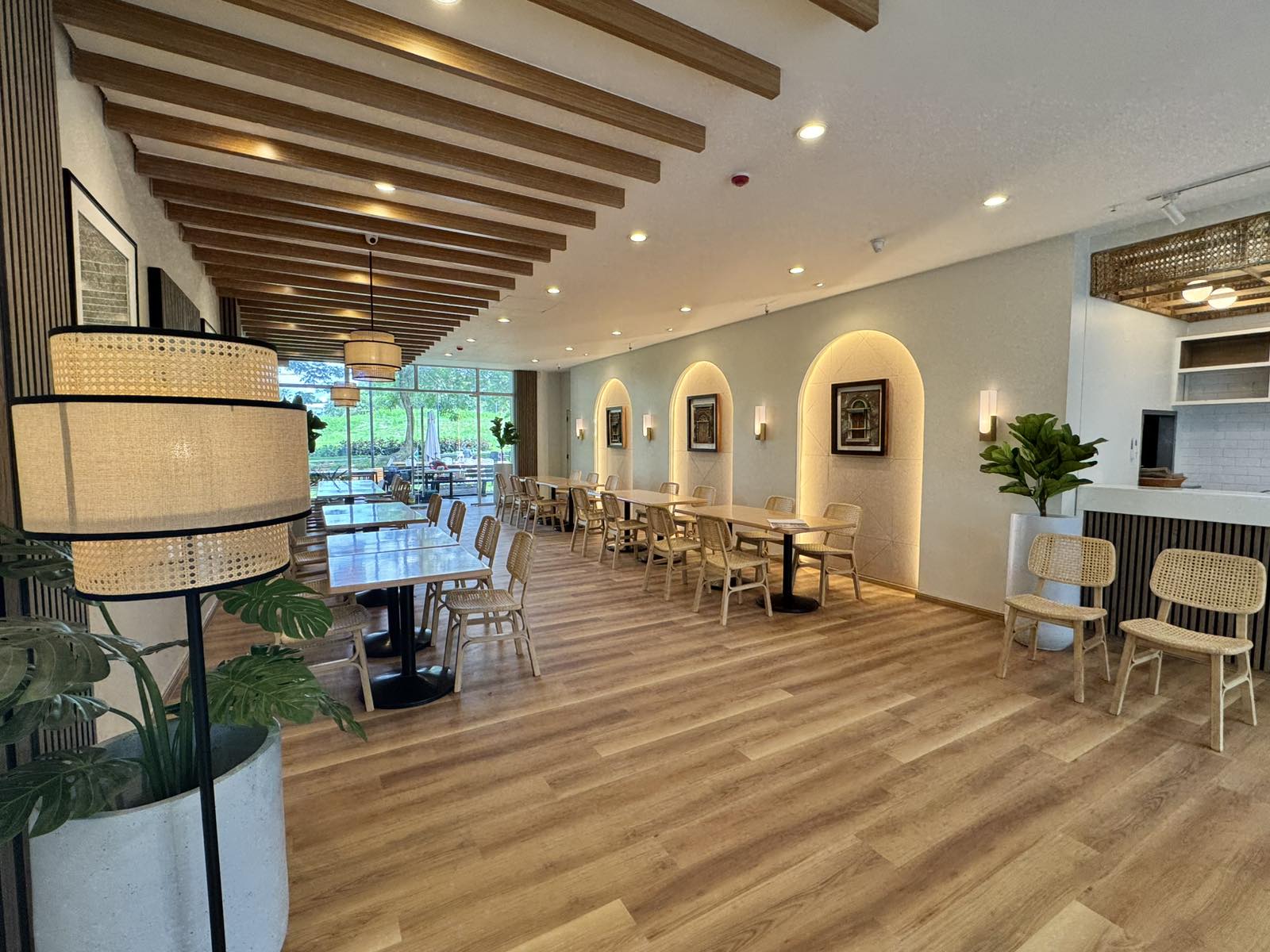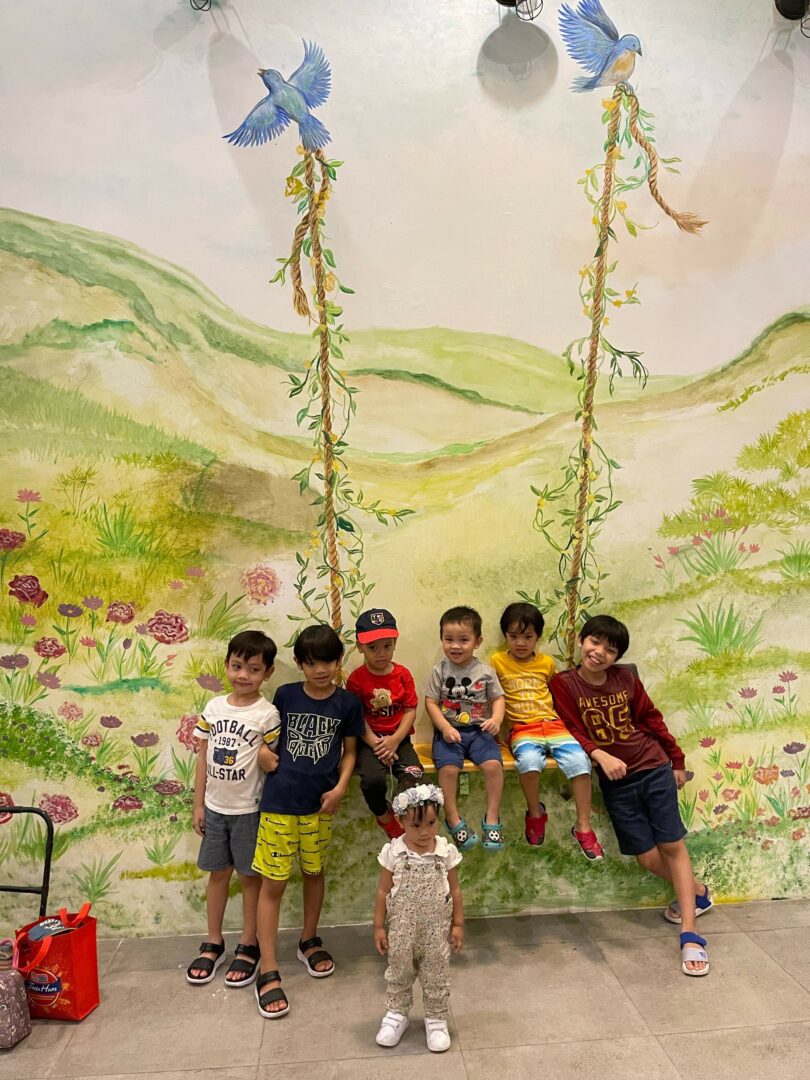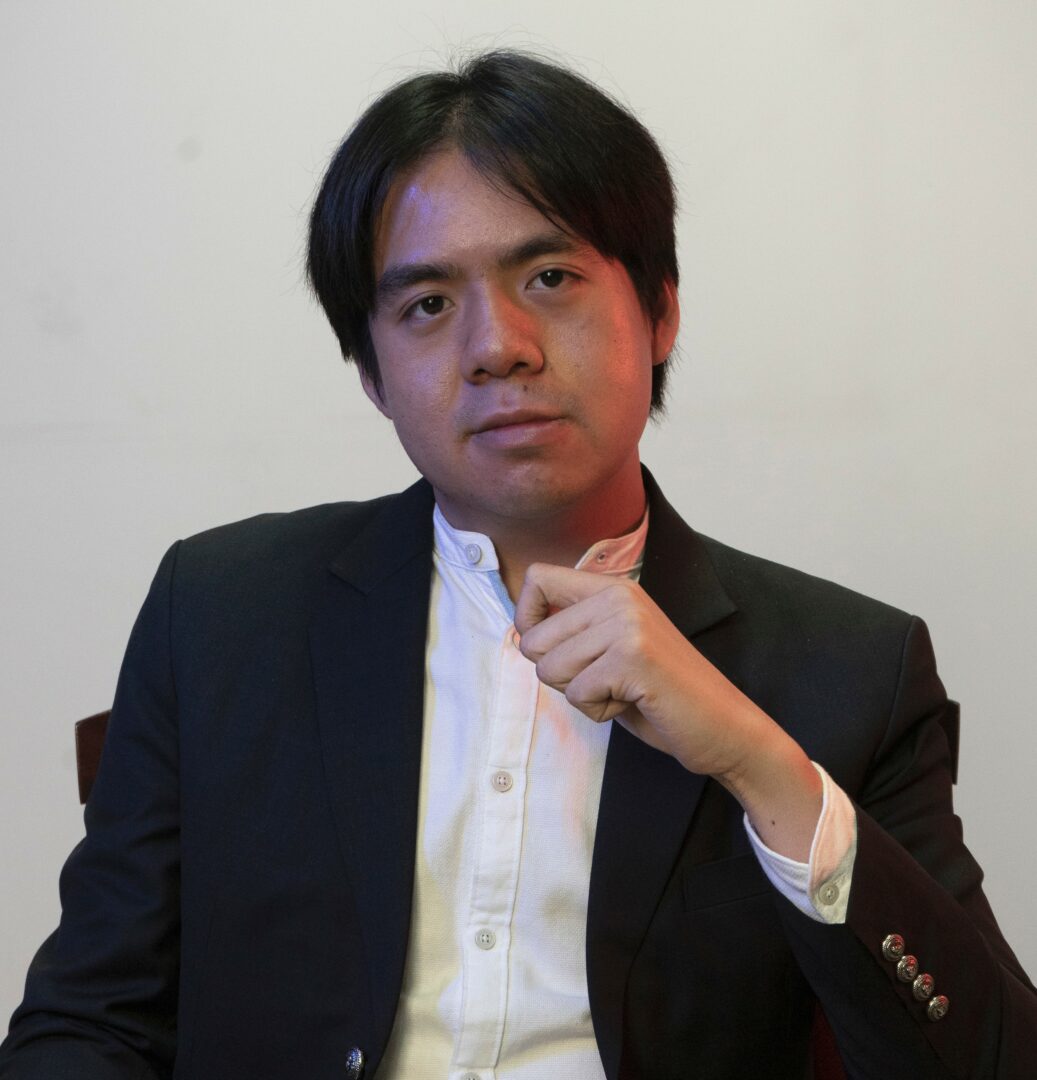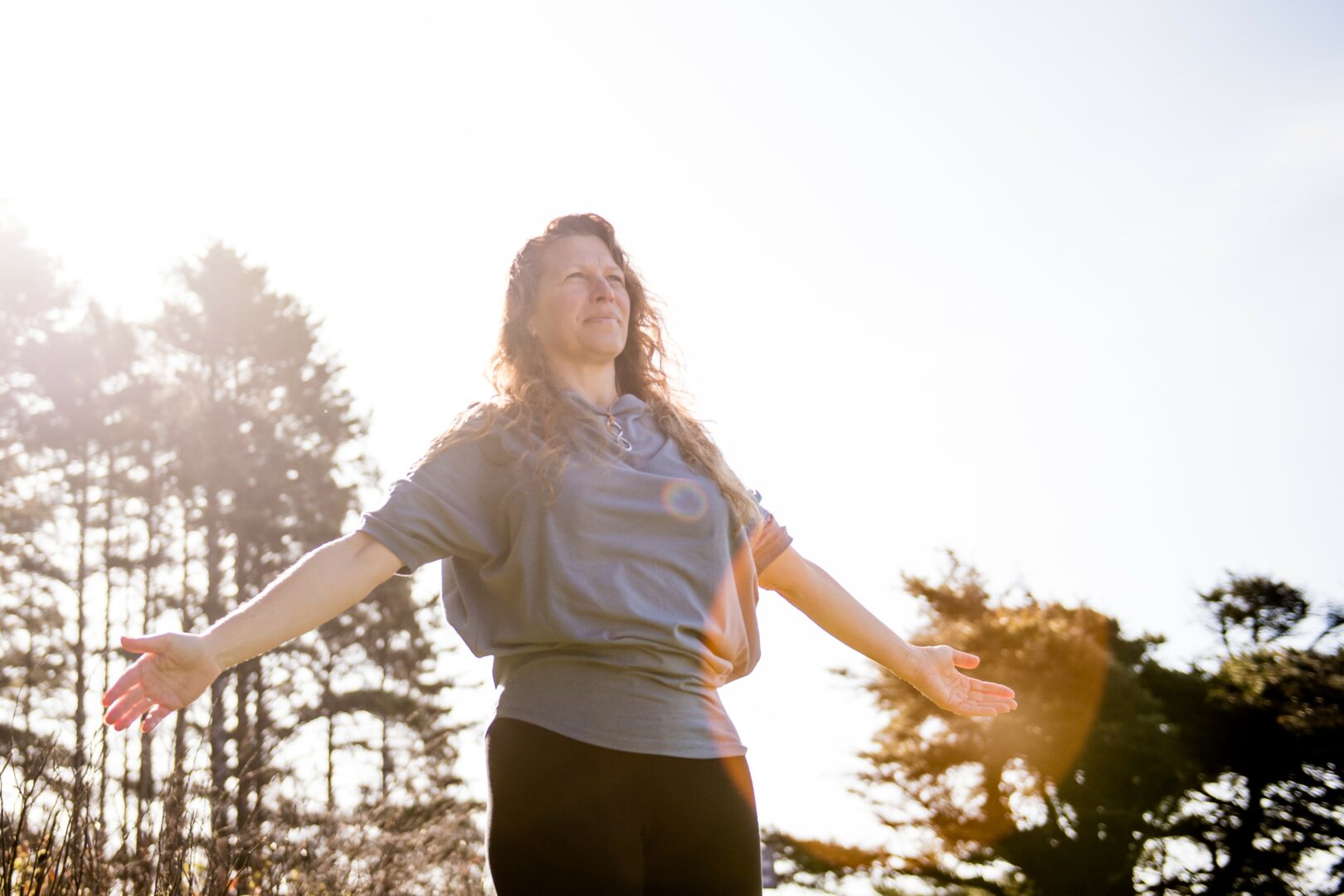Brian Yulo Ng shared their story and experiences with us recently and you can find our conversation below.
Brian Yulo, a huge thanks to you for investing the time to share your wisdom with those who are seeking it. We think it’s so important for us to share stories with our neighbors, friends and community because knowledge multiples when we share with each other. Let’s jump in: What are you most proud of building — that nobody sees?
What I’m most proud of isn’t a building or a business, but a philosophy and methodology I created called my Rules of 7. It’s the invisible scaffolding that allows me to run many different projects in parallel — collapsing complexity into coherence. Without it, none of my physical projects, from creative hubs to real estate developments, could exist in the way they do.
Can you briefly introduce yourself and share what makes you or your brand unique?
My name is Brian Yulo Ng, and I wear many hats — I’m a business leader, strategist, designer, artist, director, chef, and entrepreneur. At the heart of all these roles is one purpose: to create spaces and experiences that are both human and transformative.
I work with my family company, where we develop mixed-use real estate projects across industrial, residential, and commercial sectors. What excites me most about this work is our focus on sustainability and human-level design — building not just developments, but environments where people can live, work, and thrive.
For the past four years, I’ve been developing a commercial district themed around Art, Nature, and Heritage, a project close to my heart because it connects history, culture, and community in a tangible way. More recently, I transformed a former clinic into a mixed-use creative hub, designed to bring community-level development into the larger ecosystem.
My approach is rooted in adaptive reuse and cultivating coherence — aligning stakeholders, institutions, and businesses so that each project becomes more than just bricks and mortar. I often work with schools to integrate institutional spaces into commercial developments, inspired by global models like the Daikanyama District in Shibuya, Tokyo.
Ultimately, my goal is simple: to design a gradient of developments that preserve dignity, nurture culture, and allow communities to flourish. I’m currently pursuing my Master’s in Strategic Design & Management at Parsons School of Design, New York, where I continue to refine this philosophy and apply it to new projects.
Appreciate your sharing that. Let’s talk about your life, growing up and some of topics and learnings around that. What did you believe about yourself as a child that you no longer believe?
As a child, I used to believe that the world operated in clear categories — that things were either creative, corporate, or academic, each existing in its own silo. But as I grew older and worked across different industries, I realized those boundaries are far more fluid. What truly matters is the coherence we can create between institutions and people. Things are not monolithic; people can change, and there is more in the world that binds us together than keeps us apart.
When did you last change your mind about something important?
The last time I changed my mind about something important was when I realized that relying on other people is more sustainable than doing everything yourself. Interdependence is actually the key to making things live beyond you. I used to work almost entirely on my own, but learning to trust my team showed me that the most sustainable path is having people who can mirror your ideas and carry them forward — ensuring that what you create endures beyond you.
Sure, so let’s go deeper into your values and how you think. Is the public version of you the real you?
Yes, the public version of me is the real me. I tend to make things in a complex, systems-driven way, The boundary between my inner life and outer life is porous I think in frameworks, and those systems are the same in public and in private. I think in frameworks and build systems constantly, sometimes even in my sleep because that’s how I manage the layers of complexity and responsibility in my work and life. Those frameworks act like a north star and a balancing method, so my writing, thinking, and doing look remarkably similar whether I’m in public, professional, or personal mode.
Okay, we’ve made it essentially to the end. One last question before you go. If you laid down your name, role, and possessions—what would remain?
Coherence. I like to believe I’ve created something that can function beyond my name, role, or possessions. For me, coherence is a living pattern — one that others can follow, adapt, and carry forward. The true test of coherence is whether it continues to live outside of you. The greatest artists and makers created things that took on their own life, independent of their presence. In the same way, I think of my work as worldbuilding: a world is real if it keeps living even when no one is looking. That principle is the foundation behind everything I do.
Contact Info:
- Instagram: https://instagram.com/acieshominum
- Linkedin: https://ph.linkedin.com/in/brian-yulo-ng-9b2302252
- Facebook: https://www.facebook.com/BrianYuloNg.Beyond








so if you or someone you know deserves recognition please let us know here.




